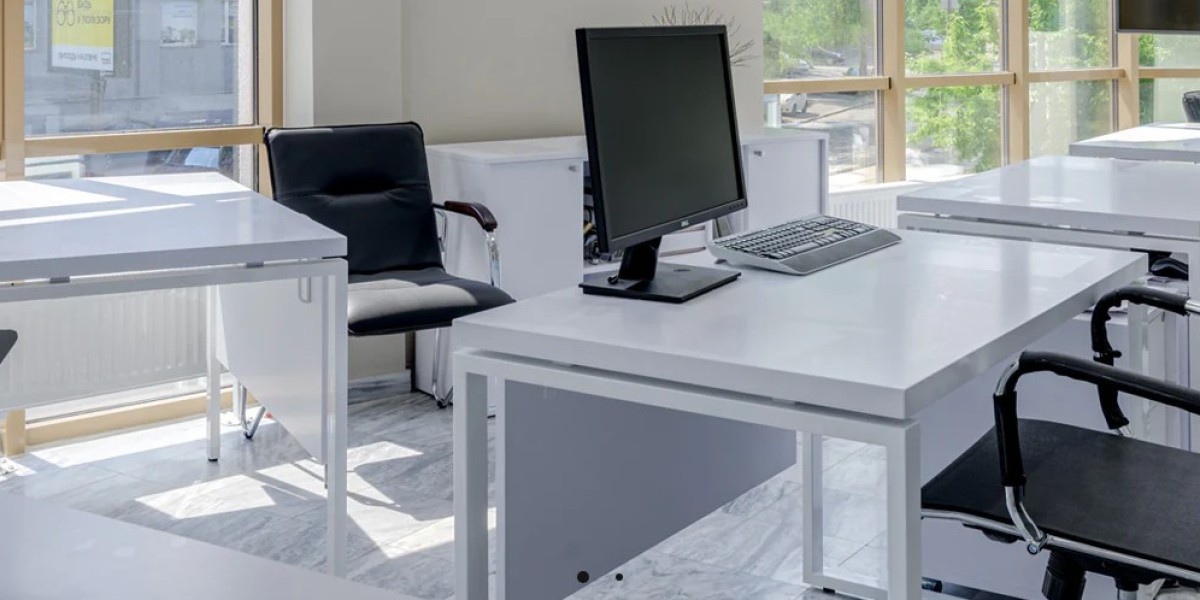The evolution of office tables reflects broader changes in work culture, design trends, and technological advancements. Here's a look at how office tables have transformed from traditional to modern:
Traditional Office Tables
Design and Materials:
- Materials: Traditional office tables were often made from heavy, solid wood such as oak, mahogany, or cherry. They were built to last and conveyed a sense of stability and authority.
- Design: The design was typically ornate, featuring detailed carvings, elaborate inlays, and polished finishes. Desks were often large and imposing, reflecting the hierarchical nature of workplaces.
Functionality:
- Traditional desks included drawers and compartments for organizing paperwork, stationery, and personal items.
- They were designed for single users and often included built-in cabinets or shelves for additional storage.
Work Environment:
- These tables were used in offices with a focus on paperwork and manual tasks, reflecting a slower-paced work environment.
- The setup was hierarchical, with larger, more elaborate desks for managers and executives, and simpler desks for other staff.
Transition Period
Mid-Century Modern:
- Aesthetic shifts in the mid-20th century led to simpler, more streamlined designs. The use of new materials like steel and glass became more common.
- Desks started to feature cleaner lines and less ornamentation, reflecting modernist design principles.
Technological Integration:
- The introduction of typewriters, telephones, and eventually computers required adjustments in desk design.
- Desks began to include features like cable management systems and surfaces suitable for electronic devices.
Modern Office Tables
Design and Materials:
- Materials: Modern office tables use a variety of materials, including lightweight metals, tempered glass, engineered wood, and sustainable materials like bamboo.
- Design: Contemporary designs focus on minimalism, ergonomics, and flexibility. Tables often have clean lines, open spaces, and modular components.
Functionality:
- Modern office tables are designed to accommodate technology with features like built-in power outlets, USB ports, and wireless charging capabilities.
- They are often adjustable or convertible, allowing for sit-stand functionality to promote health and wellness.
Work Environment:
- The rise of open-plan offices has influenced table design, emphasizing collaboration and communication.
- Desks are often designed to be part of a flexible workspace, with movable components that can be easily reconfigured.
Collaborative and Remote Work:
- Modern office tables support collaborative work, with designs that facilitate group meetings and teamwork.
- With the increase in remote work, home office desks have become important, focusing on compact designs that fit smaller spaces.
Future Trends
Smart Desks:
- Future office tables may incorporate smart technology, such as AI-driven features that adjust to individual user preferences.
- Integration with virtual reality and augmented reality tools could become commonplace.
Sustainability:
- There is a growing emphasis on sustainability, with designs focusing on recyclable materials and environmentally friendly manufacturing processes.
Hybrid Work Models:
- The evolution of office tables will continue to support hybrid work models, offering flexibility and adaptability for various work environments.
The evolution of office tables mirrors changes in how we work, live, and interact with our environments. As technology and work cultures continue to evolve, office tables will adapt to meet the needs of modern professionals.








